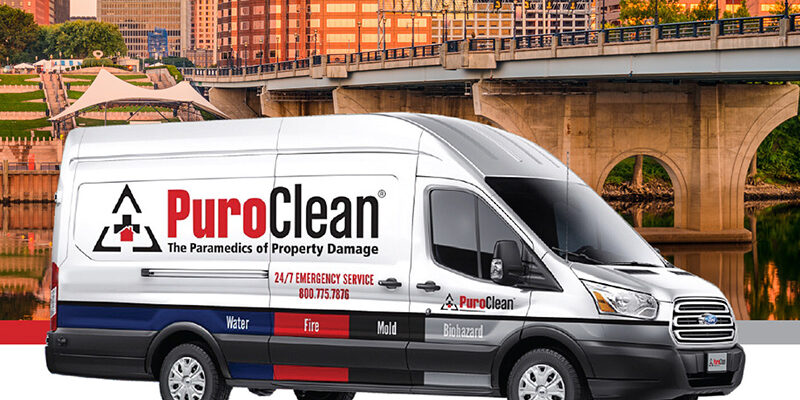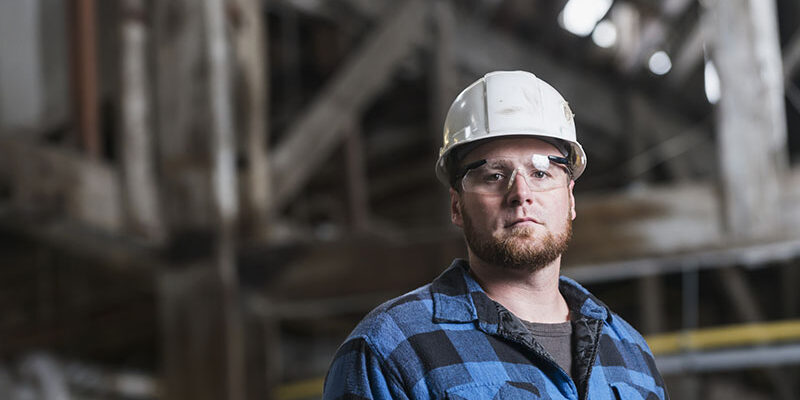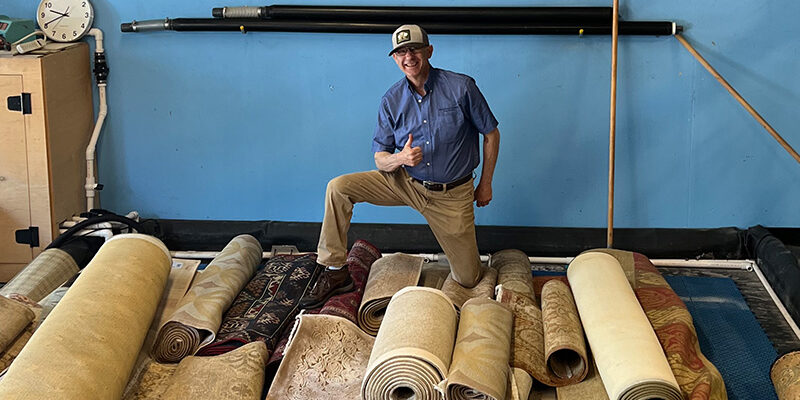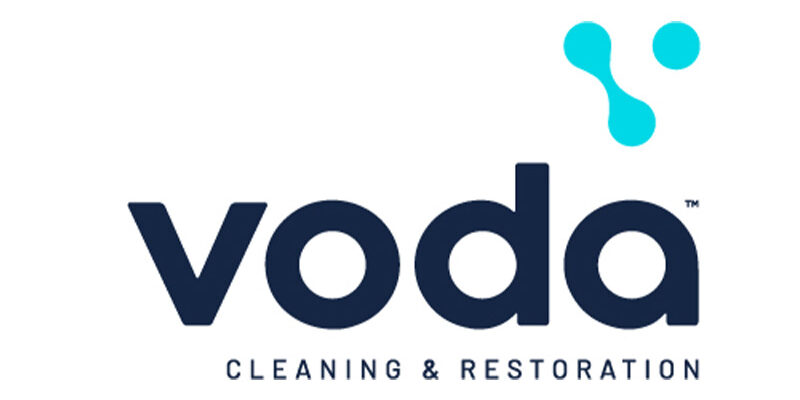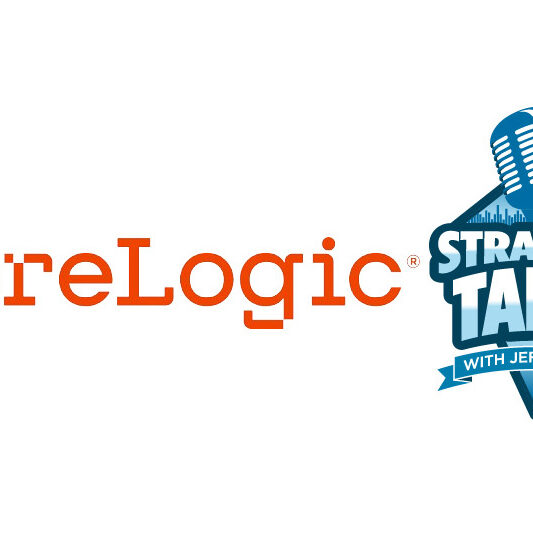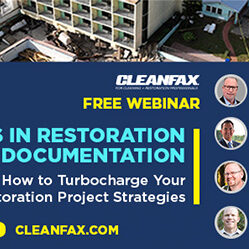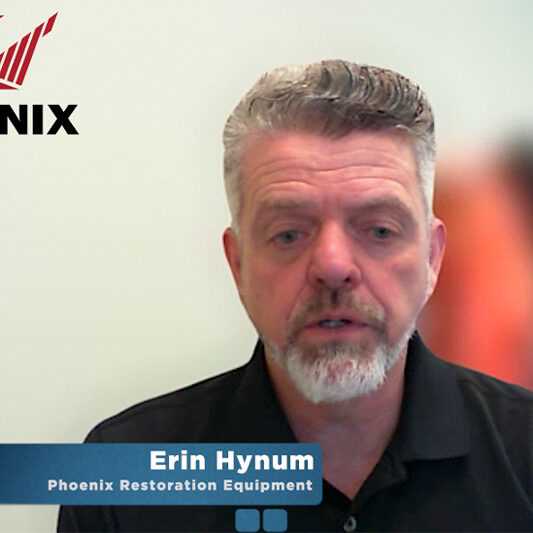Timely Information for Volunteers and Residents During Disasters
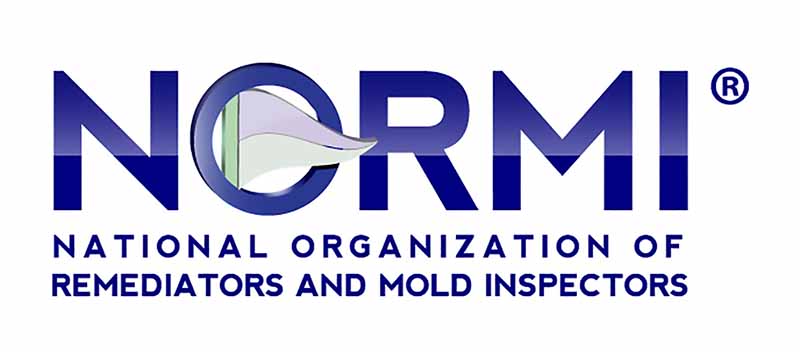
NORMIPro™ Environmental TASC Force provides important information to volunteers and residents regarding their physical health and safety during the cleanup process following a flood, hurricane, or other natural disaster.
We have seen the ongoing health effects that resulted from the Sept. 11 disaster as those effects have persisted for many years and cost billions of dollars. Since Hurricane Katrina, we’ve learned even more about the long-lasting results of improperly handling materials contaminated with CAT 3 water (category 3 “black water” polluted with toxins and pathogens). CAT 3 water carries many contaminants that negatively affect the air and the water and could affect your health. Both residents and volunteers are seldom trained in proper methods that should be used to clean up the area, and so they often resort to whatever is convenient or easy at the time.
Being unprepared, and with emotions heightened, mistakes are made that may later result in negative impacts to their health and well-being. NORMI™, through our not-for-profit NORMIProETF.org, is distributing this information now wanting it to get out AHEAD of the next disaster in order that, just like stocking up on food and other essentials, residents can prepare to protect health and safety. This should become part of the staging plan. The three important documents are:
- Tips for Disaster Area Residents—The first step to recover from a disaster is to stay healthy, differentiating between the tasks you can safely do yourself—without putting your health at undue risk—from the ones you need to delegate to a trained professional or other skilled laborer. Things like identifying those most at risk from exposure (such as infants, the elderly, or immune-compromised) should have evacuated but certainly not be involved in the clean-up efforts. Using the right personal protection equipment (PPE) and creating a “safe, clean” place to spend the night is critical to preserving the safety and health of residents after a natural disaster.
- Tips for Disaster Area Volunteers—Though it is wonderful, and needful, to have so many volunteers coming from great distances to help in the recovery efforts, those who are untrained or unskilled can often become a burden on the sparse resources that remain after a disaster. When they get injured or ill, they take away some of the resources required by the local residents to sustain themselves. Trainings from Occupational Safety and Health Administration (OSHA); Institute of Inspection Cleaning and Restoration Certification (IICRC); and NORMI, National Organization of Remediators and Microbial Inspectors, can go a long way toward helping a worker understand the value and use of PPE while handling contaminated materials and learn the proper methods for cleaning up possessions covered with mold and other invisible microbials.
- NORMI™ Professional Guidance for DIY Projects—Because resources become limited following a disaster, many residents must resort to self-help or do-it-yourself (DIY) efforts. To avoid waiting for insurance clearance, or because they don’t have the money to pay a professional, residents jump right in and start the clean-up process often with no formal training on how the work should be done. The simple, but common, mistakes that are often made should be avoided and this document will help the resident put together a plan of action that will have better results.
These three documents can be downloaded from NORMIProETF.org or from the bottom of NORMI.org where you’ll find “Resources for the Do-It-Yourselfer.” Because you are preparing for the next hurricane season, make this a part of your staging plan, and make sure those who work on your property are properly trained and prepared to handle the disaster. It’s the best thing you can do for yourself and your family.
For more information, also check out Hurricane.NORMI.org and Flood.NORMI.org.


